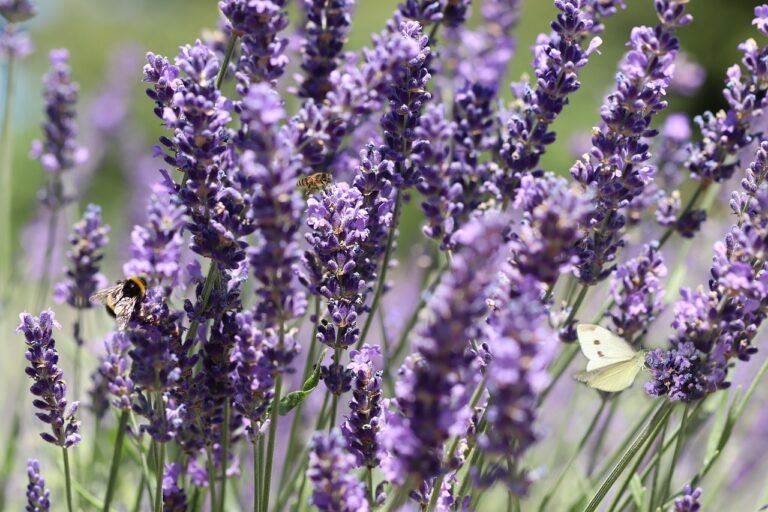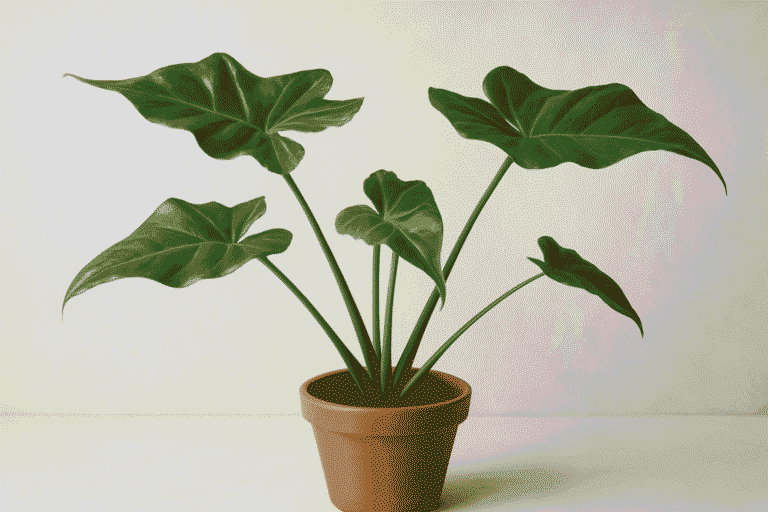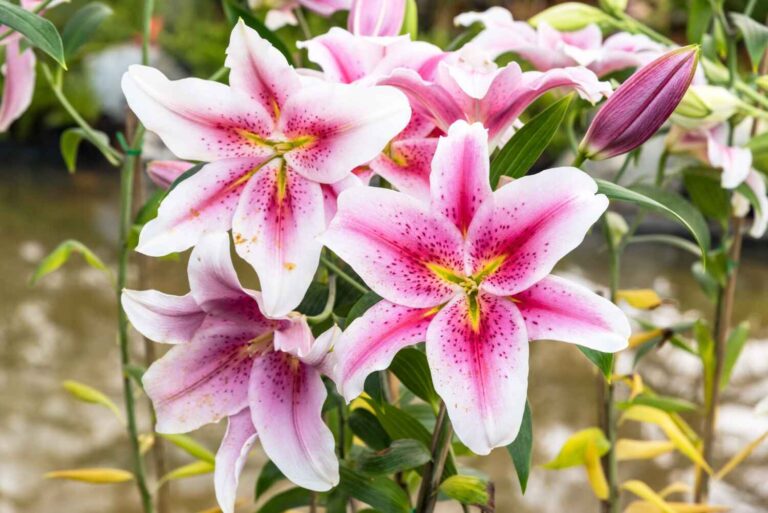Mona Lavender Plant: Complete Growing Guide for Beginners
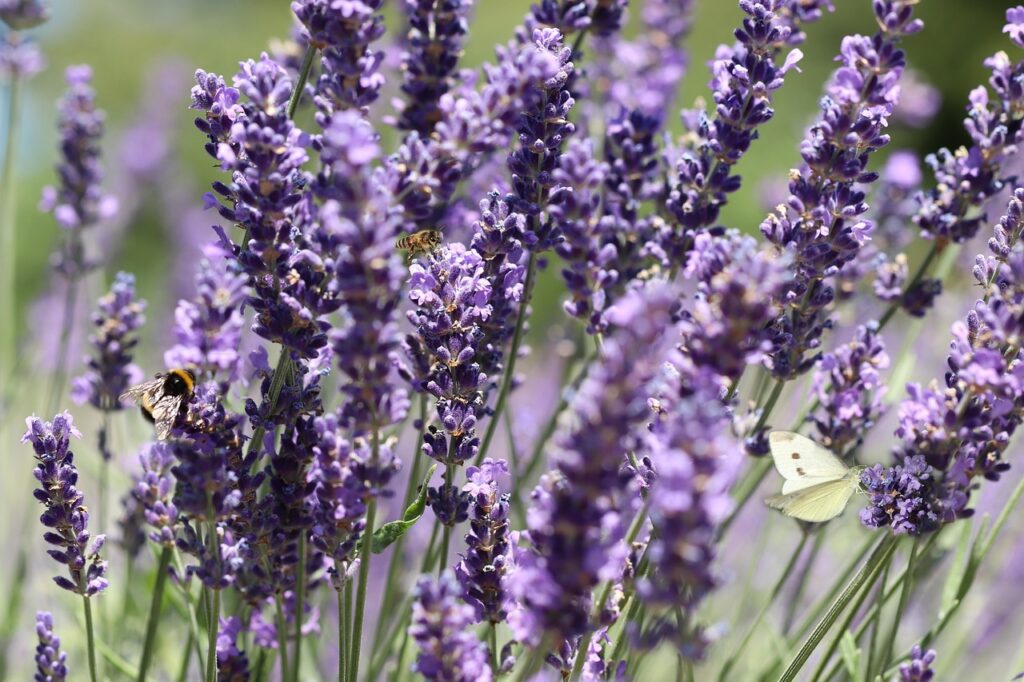
If you love plants that bring instant color and charm to any space, you’re going to fall in love with the Mona Lavender. The first time I saw one, its velvety green leaves and those deep purple blooms completely caught my eye. I remember thinking, “Wow, this looks like a lavender, but something about it feels richer and more tropical.” And that’s exactly what makes the Mona Lavender so special—it’s not your typical lavender at all.
Unlike the classic fragrant lavender, this one belongs to the Plectranthus family, which means it’s grown more for its looks than its scent. But trust me, it more than makes up for that with its vibrant color and lush growth. It’s the kind of plant that instantly brightens up a sunny window, porch, or garden corner—no green thumb required.
When I first brought my Mona Lavender home, I was amazed by how easy it was to care for. A bit of sunlight, well-draining soil, and regular watering were all it needed to thrive. Whether you’re just getting into gardening or you’ve been nurturing plants for years, this one’s a joy to grow.
In this complete guide, I’ll walk you through everything I’ve learned—how to plant it, care for it, and keep it blooming beautifully season after season. So grab your gardening gloves, and let’s make your Mona Lavender flourish!
What Makes the Mona Lavender So Special Among Spurflowers?
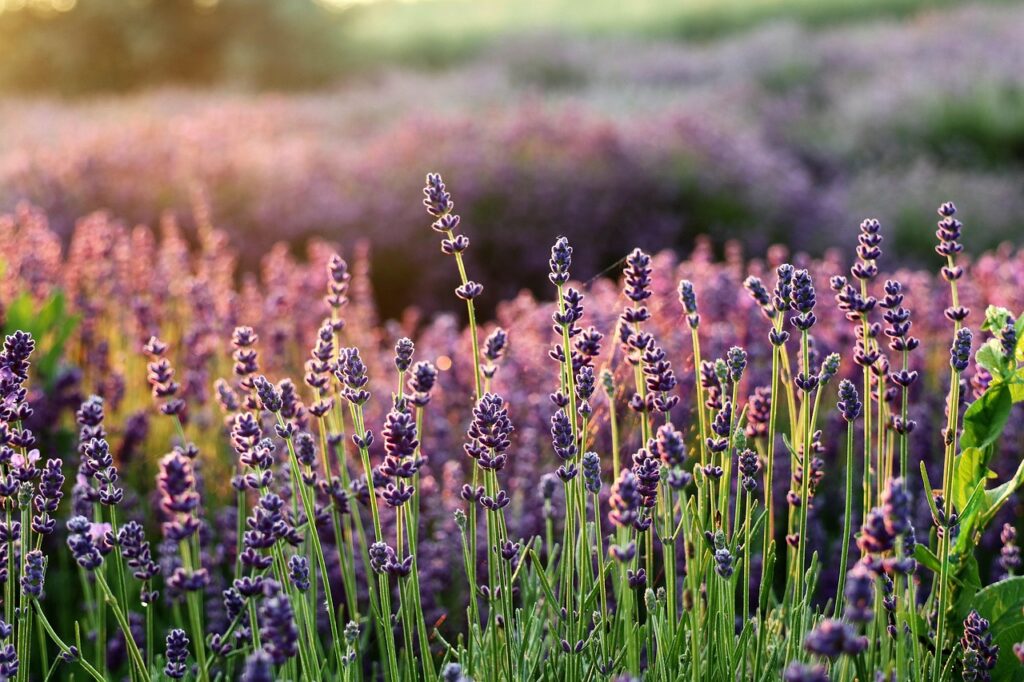
There’s just something about the Mona Lavender that makes it impossible to ignore. The first time I saw one, I remember stopping in my tracks—the deep green leaves with their velvety purple undersides and those tall, violet flower spikes were absolutely stunning. It looked fancy, almost delicate, but once I brought it home, I realized how tough and easygoing it really is.
Unlike most Spurflowers (Plectranthus) that are grown mainly for their foliage, the Mona Lavender brings the best of both worlds—beautiful leaves and long-lasting blooms. It’s one of those plants that instantly brightens up a dull corner, whether you keep it on a sunny windowsill or out in the garden. I love how it doesn’t demand constant attention; just a little care, and it rewards you with vibrant color for months.
What surprised me most was how much life it attracts—tiny butterflies and even the occasional hummingbird can’t resist it. Among all the Plectranthus varieties I’ve tried, the Mona Lavender easily wins my heart. It’s colorful, low-maintenance, and simply joyful to grow—like a little burst of happiness that keeps your garden glowing.
How to Grow Mona Lavender: Light, Water, and Soil Tips for Success?
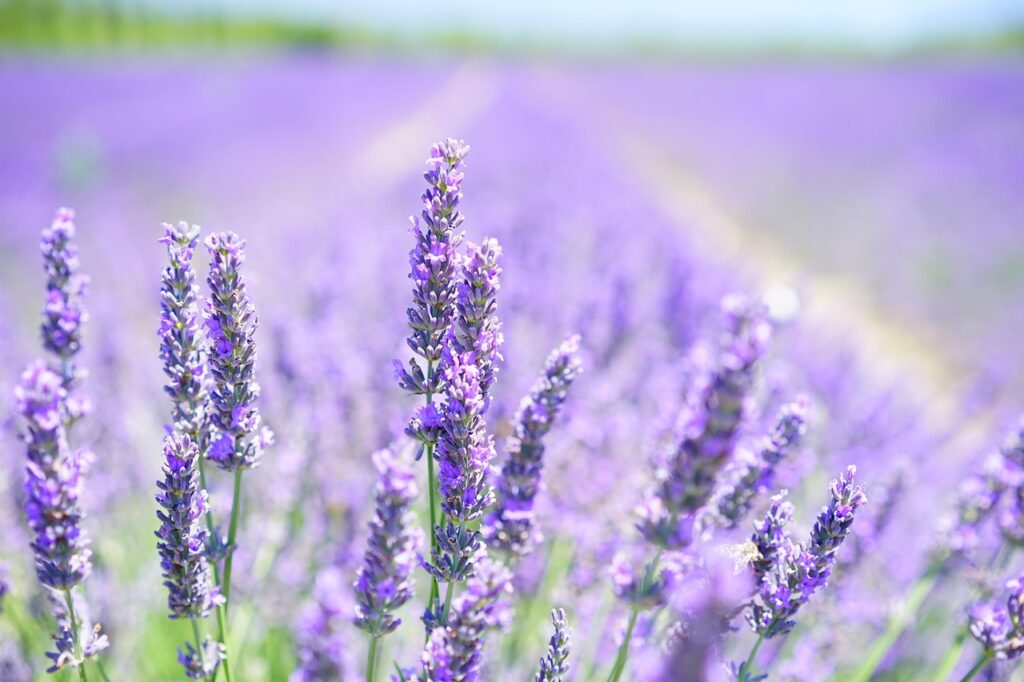
When I first started growing Mona Lavender, I was amazed by how simple it was to keep this beauty happy. The key is finding the right balance of light, water, and soil—and once you get that right, the plant practically takes care of itself.
Let’s start with light. My Mona Lavender loves bright, indirect sunlight. I keep mine near a sunny window indoors, and it thrives beautifully. If you’re growing it outdoors, partial shade works best—especially during those hot summer afternoons. Too much direct sunlight can scorch the leaves, while too little can make it leggy.
When it comes to watering, I follow the “slightly moist but never soggy” rule. I usually water it when the top inch of soil feels dry to the touch. Overwatering is the one thing you’ll want to avoid.
As for soil, Mona Lavender prefers a well-draining mix—something rich and airy. I like to use regular potting soil with a bit of perlite or compost mixed in. This setup keeps the roots happy and healthy.
With the right care routine, your Mona Lavender will reward you with lush growth and those signature purple blooms that light up any space.
Propagation Made Easy: Growing New Mona Lavender Plants from Cuttings
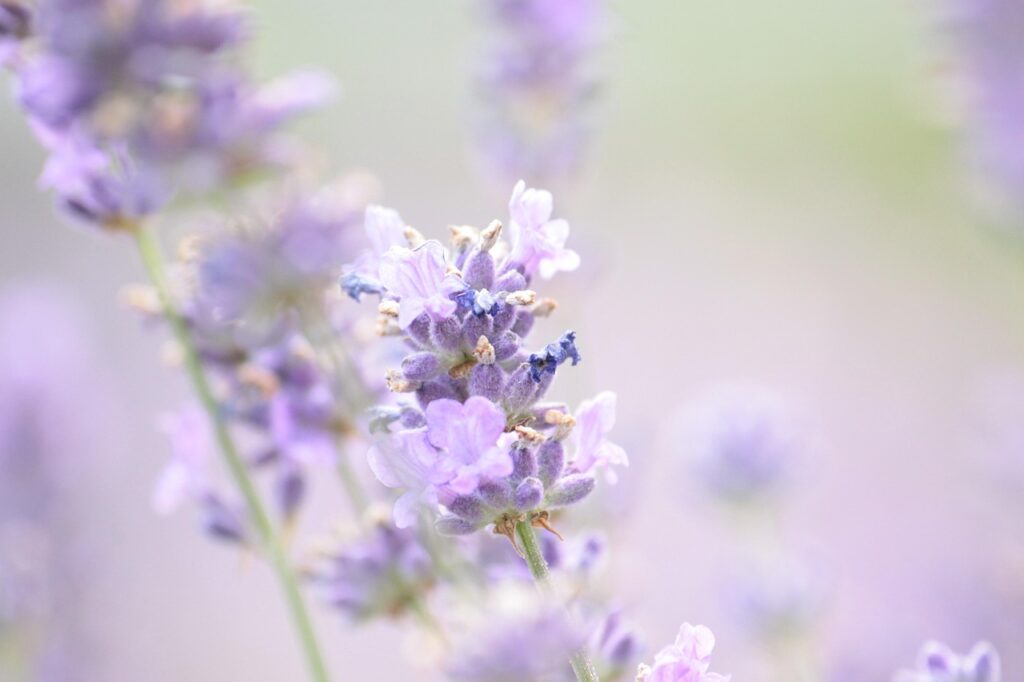
One of my favorite things about Mona Lavender is how easy it is to propagate. I still remember the first time I tried it—I snipped a small cutting, placed it in water, and within a couple of weeks, tiny roots started to appear. It felt like magic watching a whole new plant come to life from just a little stem!
To start, choose a healthy Mona Lavender plant and cut a 4–6 inch stem just below a leaf node. Remove the lower leaves, leaving only a few at the top. You can place the cutting in a glass of water or directly into moist, well-draining soil. If you go with water, change it every few days to keep it fresh. Once you see roots about an inch long, transfer it to a pot.
I’ve found that keeping the cutting in bright, indirect sunlight works best—too much sun can stress it out. With a bit of patience and care, your new Mona Lavender will grow strong and full of those gorgeous purple blooms. It’s a rewarding way to expand your plant collection or share a piece of your garden with friends!
Common Problems and How to Keep Your Plectranthus ‘Mona Lavender’ Healthy
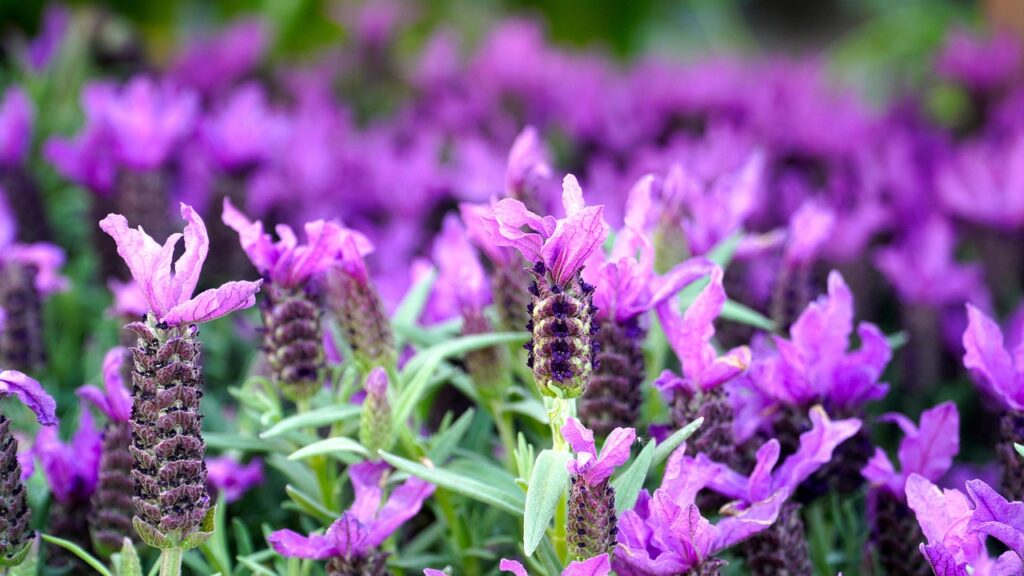
Even though Plectranthus ‘Mona Lavender’ is one of the easiest plants I’ve grown, it’s not entirely problem-free. Over the years, I’ve learned that most issues come down to watering and light balance—and luckily, they’re easy to fix once you know what to look for.
The most common problem I’ve faced is yellowing leaves, which usually means I’ve overwatered. Now, I make sure the soil is slightly dry before giving it another drink. On the flip side, if the leaves start to wilt or curl, it’s often a sign that the plant needs a little more moisture. Plectranthus also appreciates good airflow—too much humidity or crowded placement can invite fungal issues like powdery mildew.
Pests like aphids and whiteflies occasionally stop by, but a quick wipe with soapy water or a gentle neem oil spray takes care of them fast. I’ve also noticed that trimming back leggy stems helps the plant stay bushy and full.
With a bit of attention and routine care, your Plectranthus ‘Mona Lavender’ will stay healthy, vibrant, and blooming beautifully—just like mine has for years. It’s a resilient plant that always bounces back with the right touch!
Conclusion
Growing Plectranthus ‘Mona Lavender’ has been one of the most rewarding gardening experiences for me. From its lush, velvety leaves to the beautiful purple blooms that last for months, this plant never fails to add a touch of charm and life to my home. What I love most about it is how forgiving it is—perfect for both beginners and seasoned plant lovers.
Over time, I’ve learned that a little care goes a long way. Give your Plectranthus bright but gentle light, keep the soil well-draining, and water it just enough to keep things slightly moist. In return, it rewards you with continuous growth and color that easily brightens any space. Whether you grow it indoors by a sunny window or outdoors in partial shade, it’s a plant that quickly becomes a favorite.
If you’re looking for something low-maintenance yet incredibly beautiful, Plectranthus ‘Mona Lavender’ is truly worth adding to your collection. It’s not just a plant—it’s a little burst of joy that reminds you how simple and satisfying gardening can be. Every time I see mine in bloom, I can’t help but smile—and that’s the best part of growing it.
Frequently Asked Questions
Mona Lavender is a vibrant Plectranthus plant known for its deep green leaves and striking purple blooms. It’s a popular choice among Spurflowers for both indoor and outdoor gardening.
Keep your Mona Lavender in bright, indirect sunlight, water when the top inch of soil is dry, and use well-draining soil. It’s a low-maintenance plant that thrives with minimal attention.
Yes! Simply take a 4–6 inch stem cutting, remove the lower leaves, and place it in water or moist soil. Roots will develop in a few weeks, giving you a brand-new plant.
Yellowing leaves from overwatering, leggy growth, and occasional pests like aphids are common. Proper watering, trimming, and pest control keep your Plectranthus healthy.
Mona Lavender belongs to the Plectranthus genus, which is part of the Spurflowers family. It’s grown for its vibrant blooms and foliage, making it a standout among other Spurflowers.
Table of Contents
- Mona Lavender Plant: Complete Growing Guide for Beginners
- What Makes the Mona Lavender So Special Among Spurflowers?
- How to Grow Mona Lavender: Light, Water, and Soil Tips for Success?
- Propagation Made Easy: Growing New Mona Lavender Plants from Cuttings
- Common Problems and How to Keep Your Plectranthus ‘Mona Lavender’ Healthy
- Conclusion
- Frequently Asked Questions
- Mona Lavender Plant: Complete Growing Guide for Beginners
- Alocasia Stingray Plant Guide: Tips for Healthy Growth
- Pink Lilly Flower: Growing and Caring for Pink Lillies

